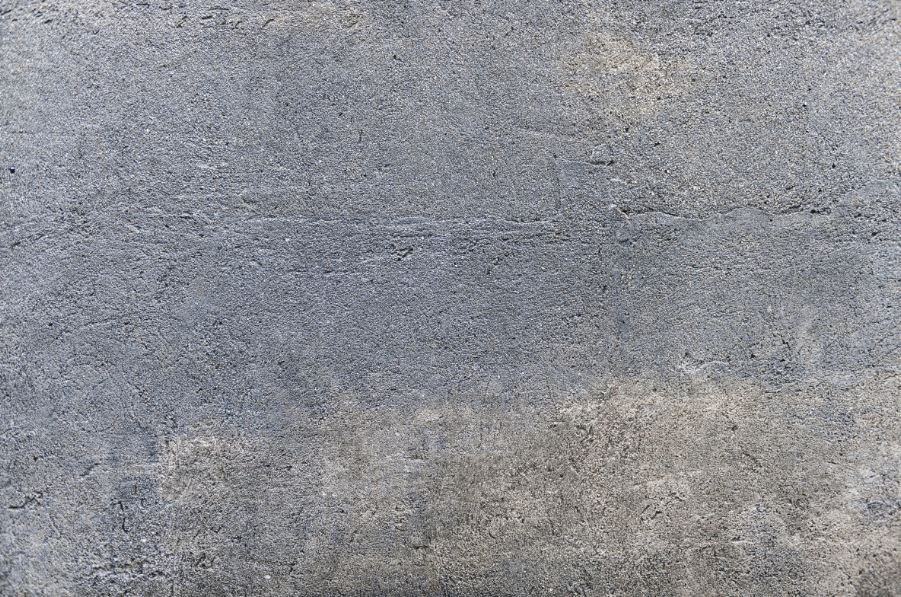Microcement is a particular cement type with excellent particle size. It is used in cement composite materials to reduce the adverse effects of aggregate and provide improved physical properties. Microcement can be used as an alternative to Concrete, which helps solve porosity, strength, and cost problems. In this article, we will discuss types of microcement.
1. Microbase
Microbase is the most common type of microcement. It has a high compressive strength and good durability. It is used to construct walls and floors in houses, shops, and other buildings. It can also be used as a decorative material or to cover bare areas on walls. Microbase is made from cement and sand, mixed with water to produce a smooth paste that is poured onto a platform to dry. This process ensures that no air bubbles form, which would cause the material to crack when hardened.
The length of time for this mixture to dry depends on the temperature of the room where it is being made and its humidity levels. If it takes too long to dry, then cracks may form in the finished product during its drying process; if it dries too quickly before hardening, there will be gaps between layers in the finished product where parts of one layer have been removed during drying.
2. Microstone
Microstone is a mixture of lime, clay, sand, and other mineral particles. The micro stone is mixed with water and then applied to the desired surface. It can be used to repair cracked walls, floors, or even deteriorated Concrete.
It can also be used in the construction of buildings. For example, micro stones can be applied on the outer surfaces of walls to prevent them from crumbling or cracking due to heavy wind or rainfall. This building material is stable in all weather conditions and does not easily crack or crumble even when exposed to harsh conditions such as high winds and heavy rains.
The composition of the micro stone is similar to that of conventional Concrete. Still, it is lighter in weight and less porous than ordinary cement mortar because it contains more fine particles than coarse ones.
3. Microdeck
Microdeck is a type of Concrete that is used for the construction of decks. It is also known as the micro deck, micro decking, and micro-decking. Microdeck comprises small aggregate particles mixed with water in a cement mixer. The mixture is then poured into boards or panels placed on top of beams or joists. Because it is so strong and water resistant, you can use this type of Concrete anywhere you need to build a deck.
Microdeck can be used on outdoor areas such as patios, decks, and balconies. You can also use it indoors to create walls and ceiling features in your home or business. Because it’s so strong, it will not rust or decay like other types of Concrete might do over time. This means that your microdeck will last longer than other decks without needing to be replaced soon after installation.
4. Microfino
Microfino is a type of Microcement that is used in the construction of many homes. Microfino is also known as “microcement” or “microgrout”. Microcement is made from a mixture of cement, aggregate, sand, and water. The mix consists of different proportions of each component depending on what your finished product looks like.
Microfino can be used for several different things. It can be used for foundation repair or to fill cracks in concrete floors. It can also be used to create new concrete walls or as an exterior finish for your home’s exterior walls. Microfino has become very popular in recent years because it can be applied quickly and easily with minimal mess and cleanup time required afterward.
5. Acquacement
Acquacement is cement used to build and repair structures like roads, buildings, and bridges. It can also be used in water treatment plants and sewage systems. The main ingredient of this kind of cement is sand and Portland cement. Acquacements are also known as microcements because they are made up of tiny particles of sand and cement.
Acquacement is produced by mixing an anti-freeze with water and adding other ingredients such as silica fume, Bentonite clay, or fly ash. These ingredients act as binding agents that hold the particles together so the mixture can be poured into molds or cast into shapes. For these mixtures to harden correctly, they must be allowed to dry out first for all of the ingredients inside them to thoroughly mix together before being exposed to water again.
Microcement is versatile with several applications, from imitation stone to water-resistant coatings to concrete repair. The use of Microcement within housing jobs has been very popular. If you are a homeowner and have enough building experience then it is easy to find a microcement supplier UK based to carry out any microcement jobs around the house. While microcement is a relatively recent invention, it has a lot of potential for improving various aesthetic and practical aspects of modern life.

